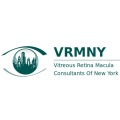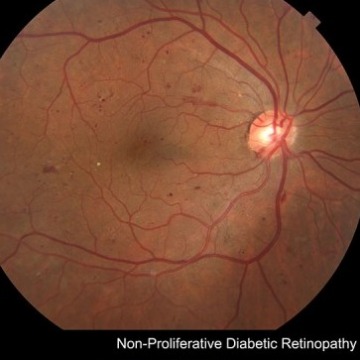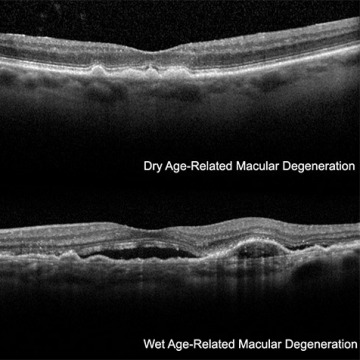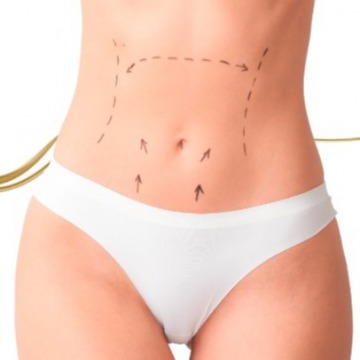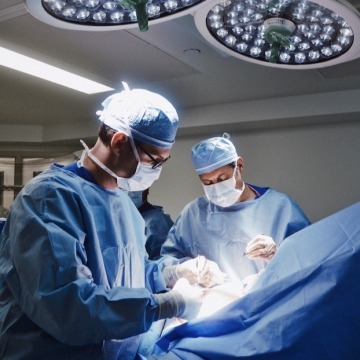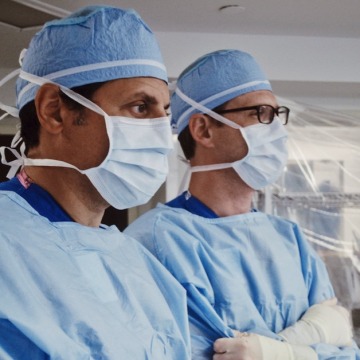TREATMENT OF AGE-RELATED MACULAR DEGENERATION IN NY
TREATMENT OF AGE-RELATED MACULAR DEGENERATION IN NY
VRMNY retina doctors have trained and taught at some of the world's finest and most respected academic institutions. The physicians who comprise the best retina specialists in New York are experts in vitrectomy surgery and hold academic appointments at Lenox Hill Hospital, New York University, and the New York Eye and Ear Infirmary.
Our ophthalmologists in New York City specialize in treating all medical and surgical retinal conditions, emphasizing macular degeneration and diabetic retinopathy, the two leading causes of retinal vision loss.
With state-of-the-art New York ophthalmology centers in Manhattan, VRMNY is the largest retina vitreous center in the New York Metropolitan area.
Our New York ophthalmologists and eye doctors publish more in the foremost peer-reviewed journals than any other private or academic group in the United States. The practice devotes its time and resources to research and developing new diagnostic and therapeutic strategies. Many current concepts in retinal disease and treatment recognized worldwide were invented at VRMNY.
The attention, empathetic concern, and careful approach of the eye care specialists and their support team of retina surgeons explain the success of VRMNY. The over 60 member staff provides a full range of educational, medical, and surgical services. With an emphasis on patient education, the staff delivers compassionate and empowering care.
For more information about the Vitreous Retina Macula Consultants of New York, our doctors, or to schedule a consultation with Dr. Lawrence A. Yannuzzi, MD, please contact our ophthalmology practice by number: (212) 861-9797.
While there is no cure for AMD, the doctors at Vitreous Retina Macula Consultants of New York offer advanced treatments that stabilize the progression of the disease and, in some cases, improve vision. Our specialists help preserve eyesight for people with age-related macular degeneration through early diagnosis and expert care.
Over the last 10 years, wet AMD has seen a revolution in treatment modalities and patient outcomes. Injection therapy with a variety of agents has become the mainstay of therapy and enabled us to provide patients with unprecedented visual acuity gains and disease stability for many years. More potentially destructive therapies like “hot” and “cold laser” are now only used in a minority of cases where these modalities are appropriate.
Anti-VEGF Medications
Vascular endothelial growth factor (VEGF) is a substance produced by the body to regulate the growth and health of blood vessels. In wet AMD, an excess of VEGF leads to formation of new, unhealthy blood vessels. Several drugs are available to block VEGF and help control wet AMD. They all need to be injected into the eye through the white part with small needles that create a self-sealing entry site.
These injections need to be carried out with a certain regularity to improve and then maintain visual acuity. Often times, three initial monthly injections will be performed, followed by more stretched out intervals between injections. Unfortunately, only a few patients with wet AMD get away with infrequent injections or stopping injections altogether. Luckily, the injections are not as uncomfortable as one may imagine and even the rare patients who need monthly injections in both eyes do tolerate this very well.
At VRMNY, patients with Macular Degeneration are offered all possible medication options to provide you with the best outcome in your particular situation.
VABYSMO (Faricimab-Svoa)
Vabysmo was approved by the FDA in 2022. When compared with Eylea, it appeared to last longer, while providing the same vision gains. Side effects appear to be similar to Lucentis and Eylea.
Macugen
Macugen was the first drug approved to treat wet AMD. Macugen appears to be much less effective than the other anti-VEGF medications and is therefore only rarely used nowadays.
Lucentis
Lucentis was the second drug to be approved by the FDA for the treatment of wet AMD. Its effect is more powerful than Macugen’s. On average, 21 letters on a specialized reading chart (ETDRS chart) were gained, and about 40 percent of patients regained the ability to read newspaper print (20/40). Not all patients did improve their vision, but 90 percent resulted better or stable vision.
These results of the wet macular degeneration treatment using Lucentis represented a breakthrough compared to the natural history of the disease, which essentially leads to legal blindness in the vast majority of patients.
Vitreous Retina Macula Consultants of New York
950 3rd Ave 3rd floor,
New York, NY 10022
Office Tel # (212) 861–9797
Fax: (212) 628–0698
Web Address: https://www.vrmny.com/
Office Location: https://www.vrmny.com/locations/manhattan/
Our location on the map:
https://goo.gl/maps/v9rE1BWBd6tsFgPaA
https://plus.codes/87G8Q26J+3R New York
Nearby Locations:
Manhattan, NY
Lenox Hill | Upper East Side | Midtown East | Upper West Side
10021 | 10022 | 10023
Working Hours:
Monday-Friday: 8am–5pm
Payment: cash, check, credit cards.



